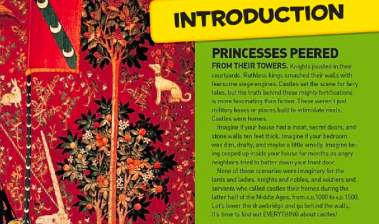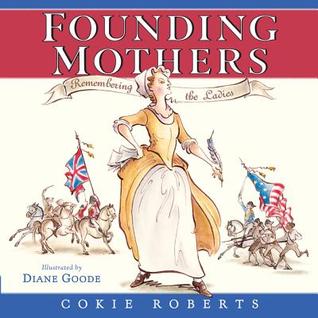I'm struggling to maintain a reading life these days. I get 40 minutes a day in the car with my audio book, but LIFE has made it hard for me to read much with my eyes. Luckily, I have avid readers in my classroom.
When I got this ARC, I knew exactly which student should read it. Her first apps on her new iPad were space apps. Her persuasive essay was about why she should go to space camp. Her passion is All Things Space, and if she doesn't wind up with a career in space science, I will be amazed. Here's W's review of Life on Mars.
by Jennifer Brown
Bloomsbury USA Childrens, August 2014
ARC provided by the publisher
I really loved the book Life on Mars by Jennifer Brown. When I first saw the book I thought it will be a non-fiction book but when I started reading it I figured out it was fiction. This book is about a boy named Arcturus Betelgeuse Chambers, most people call him Arty. Arty was named after the Alpha star in the constellation Bootes. The Alpha star is the brightest star in the constellation. All of the Chambers family is named after stars. Arty’s sister Cassi is named after the star Cassiopeia. But Cassiopeia dosen’t like being called by her name she likes to be called Cassi.
Arty has been working on something to connect to Mars, and find Martians. The machine he has been working on is called CICM, it stands for Clandestine Interplanetary Communication. Arty and his friend Tripp thinks that Arty’s next door neighbor, who they call “ Mr. Death,” is a zombie, because every night he goes behind their house in his black hoodie with his trash bag and a box and comes out in the morning.
Aunt Sarin has to stay with Arty and his sisters while their parents go to search for house in Las Vegas (A really bright city where you can’t see stars because of the light pollution.) But when Aunt Sarin has to go to the hospital because she is having a baby, Arty has to stay with Mr. Death.
Arty discovers that Mr. Death loves space just like he does, and they become friends. Arty and Mr. Death work on CICM together and decide to name it HUEY instead of CICM. Arty soon discovers a terrible secret about Mr. Death.
















